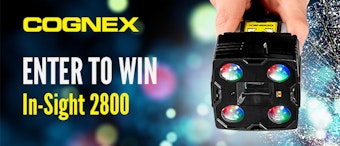ARM:Once an acronym for Advanced RISC Machine, the term now refers to a family of processors designed in accordance with a RISC CPU design developed by ARM Holdings. The architecture of ARM processors require as few as 35,000 transistors, compared to the millions used in most conventional processor chips. This results in a very low-power chip that is nonetheless capable of a great degree of computing power. ARM chips are used widely in tablet PCs, digital TVs, and smartphones.
ASIC:Application Specific Integrated Circuit, in other words an integrated circuit (IC) customized for a particular use, rather than for general-purpose use.
Atom:A single core, dual logic low-power, low-cost microprocessor technology designed by Intel to compete against ARM. Atom technology uses the x86 architecture.
CPU:Central Processing Unit or microprocessor (see definition below) that essentially handles all the computing work in a device including fetch (retrieving instructions required to run from the program’s memory), decode (translating program code into a language the CPU can understand), execute (performing calculations or moving data), and writeback (output of an action written to computer’s memory).
FPGA:An integrated circuit that can be configured after it is manufactured. The ability of FPGAs to be programmable is due to the existence of logic blocks on the integrated circuit.
IGBT:This stands for Insulated Gate Bipolar Transistor, which is a three-terminal power semiconductor device primarily used as an electronic switch.
Microcontroller:A small computer on a single integrated circuit containing a processor core, memory, and programmable I/O peripherals.
Microprocessor:A single integrated circuit that incorporates the functions of a computer’s CPU.
You may notice a strong similarity between the definitions of microprocessor and microcontroller, which leads to the two terms being used almost interchangeably. However, there is a difference: A microcontroller has memory and I/O resources on the integrated circuit. A microprocessor usually requires external components to handle memory and I/O.
>> ReadAutomation World'scomplete embedded coverage:How Embedded Systems are Changing Automation
































